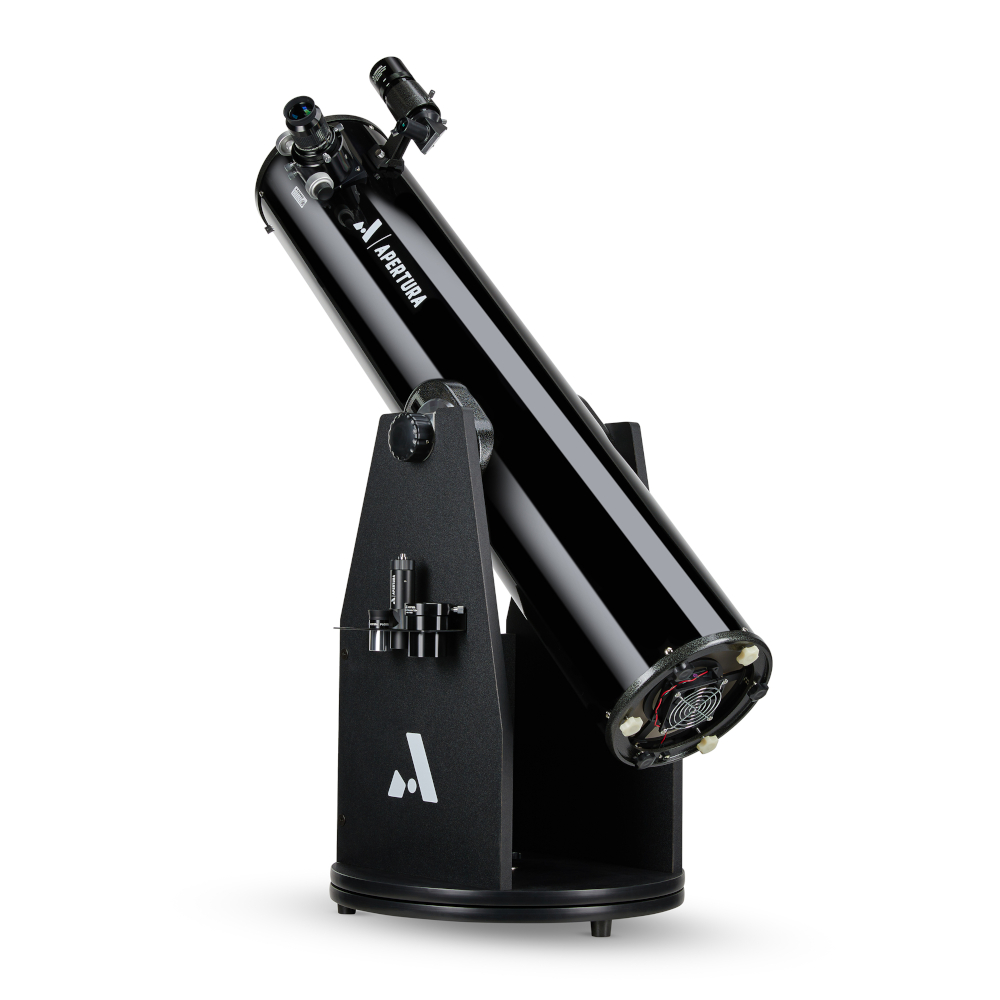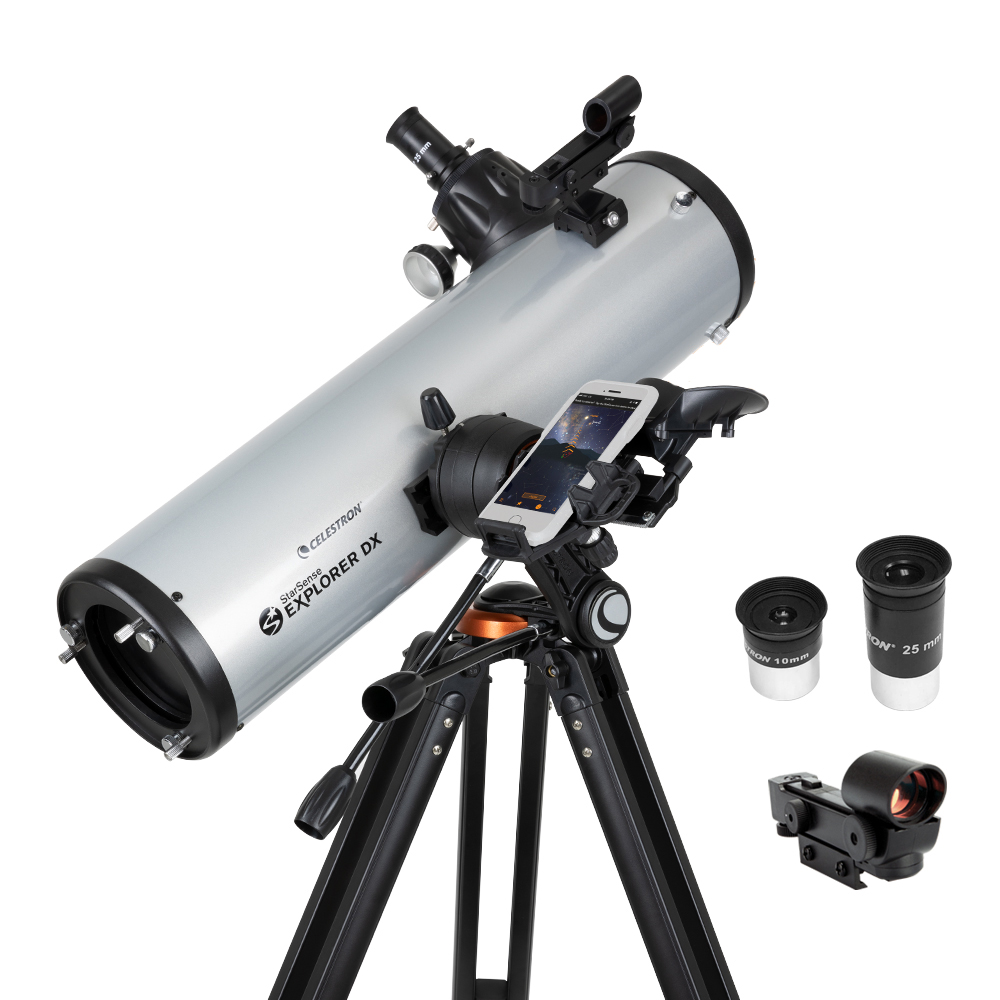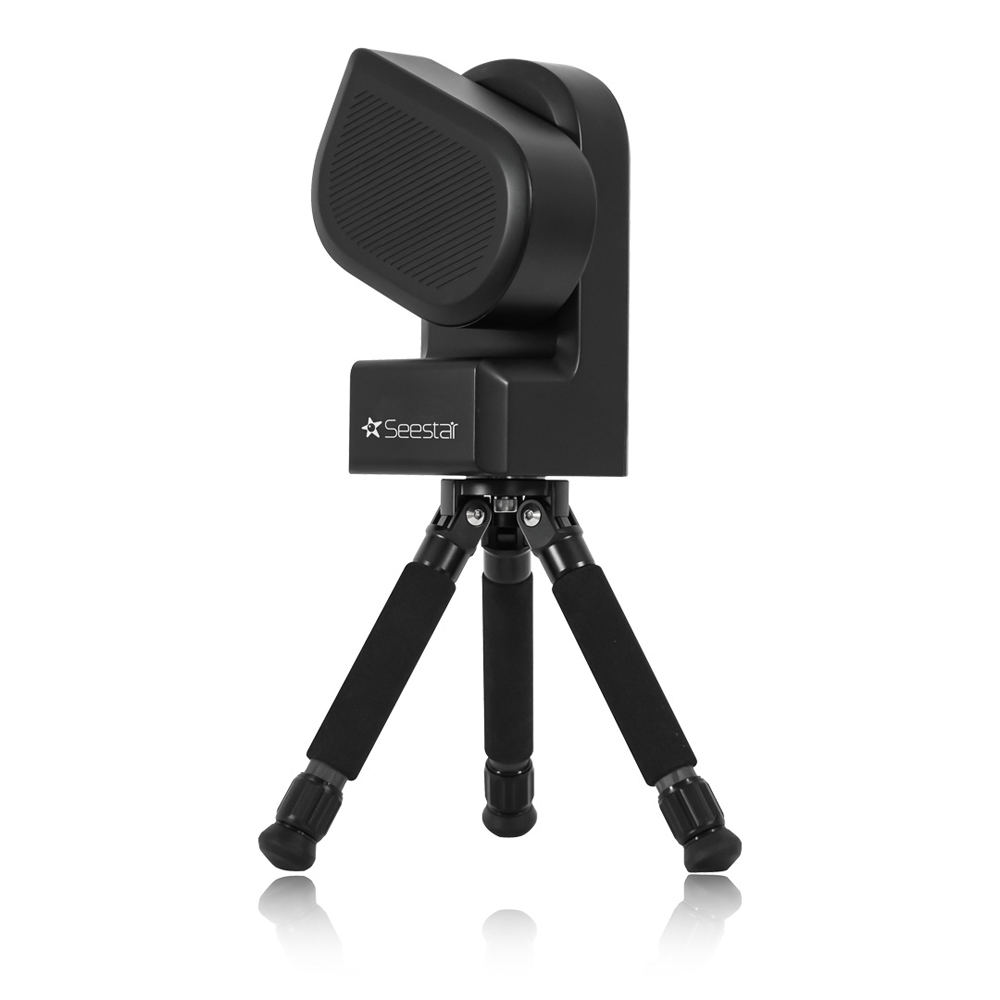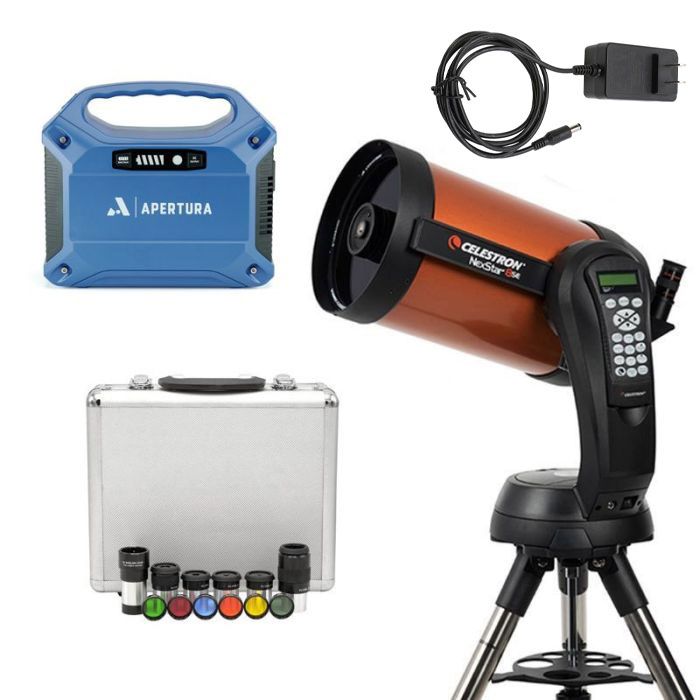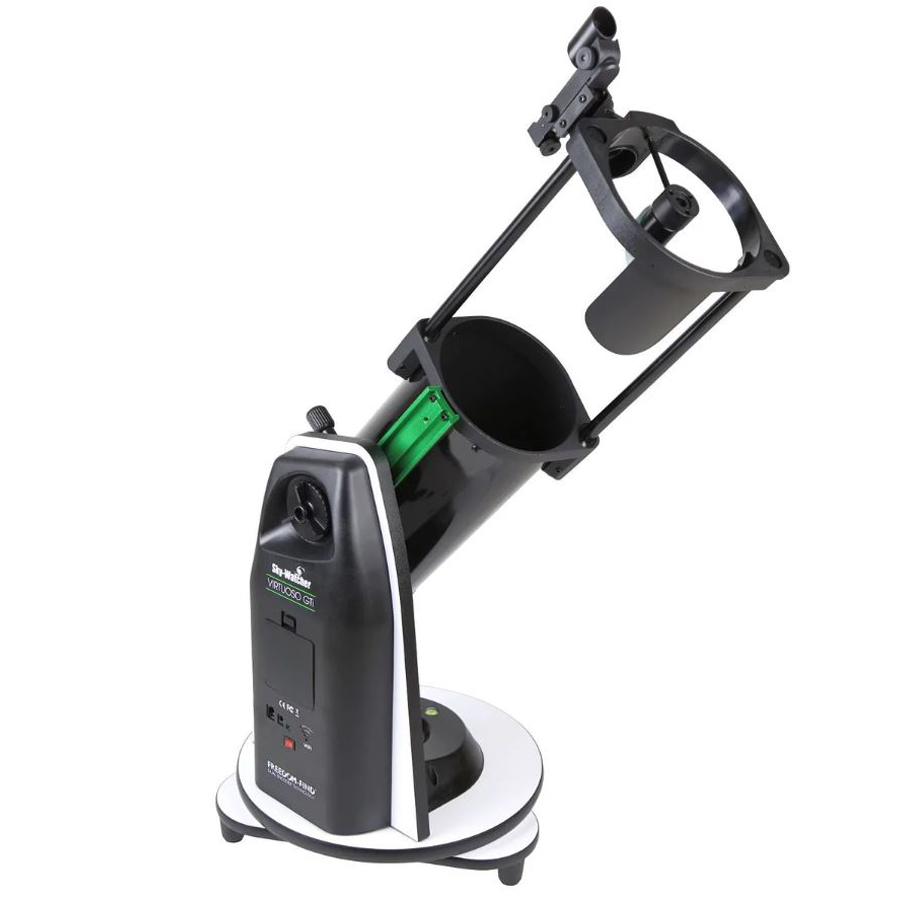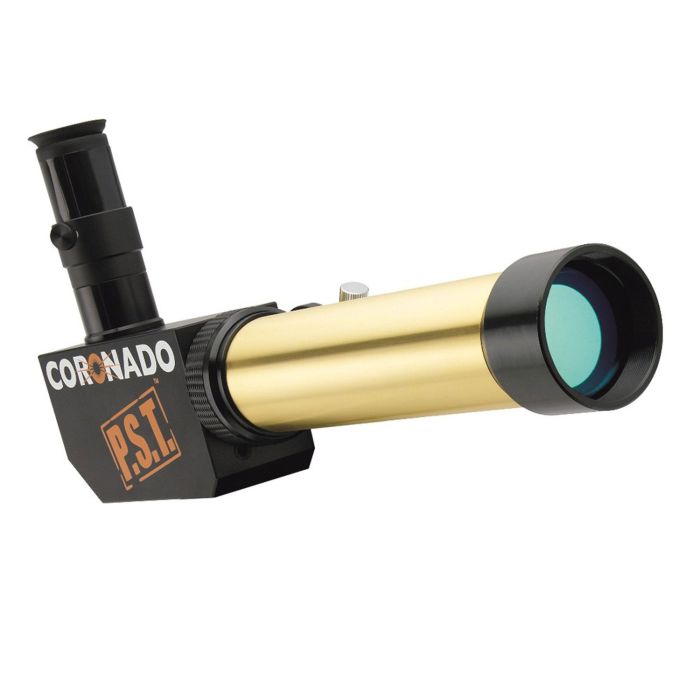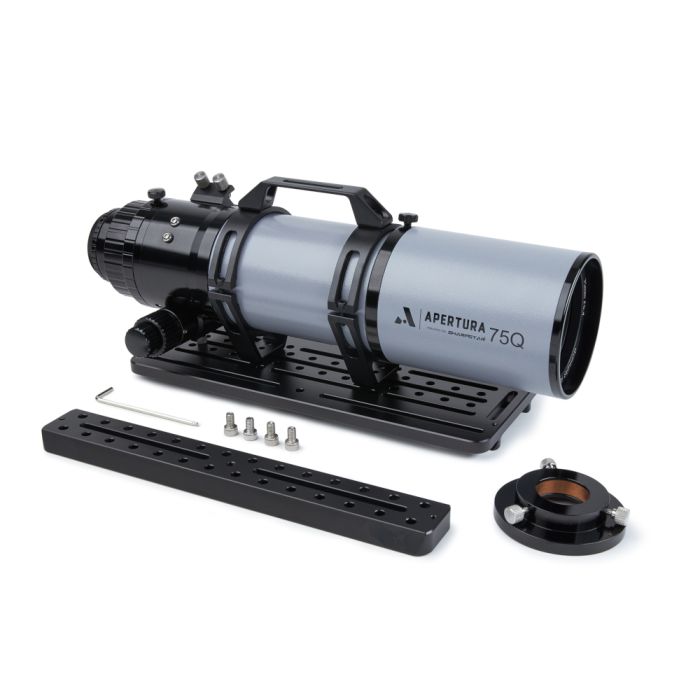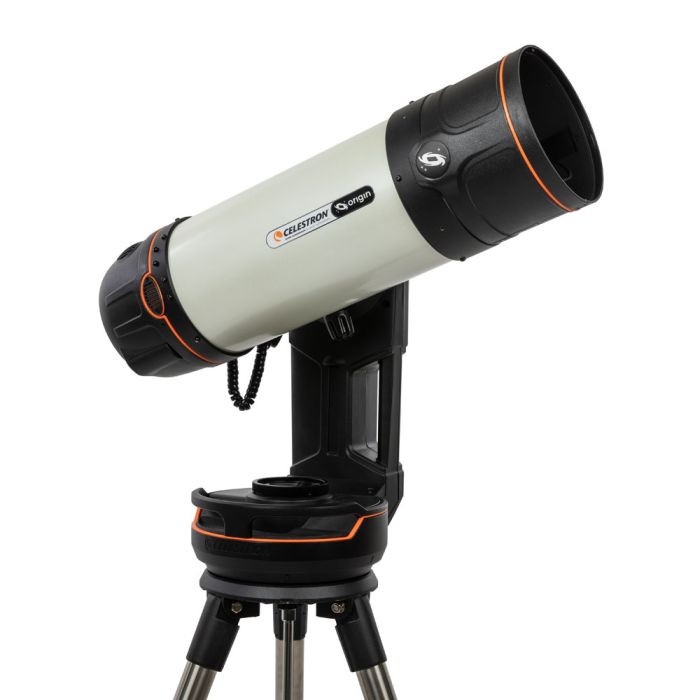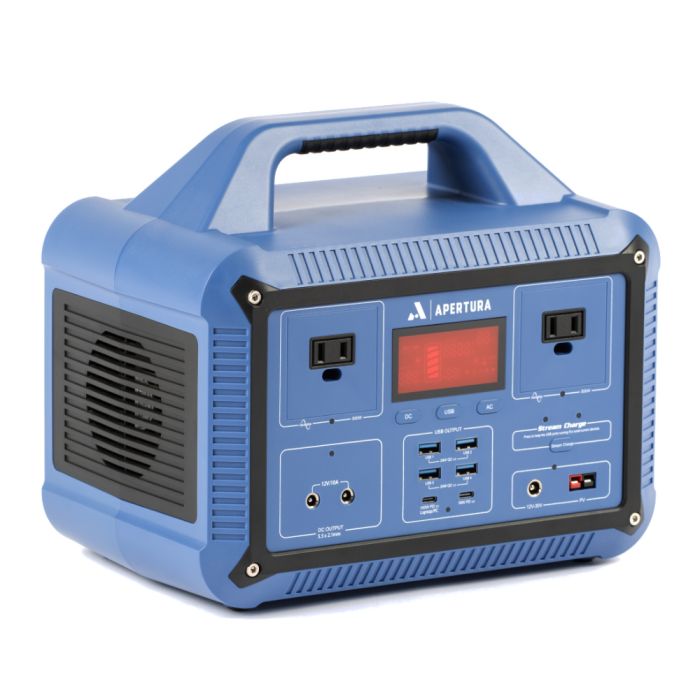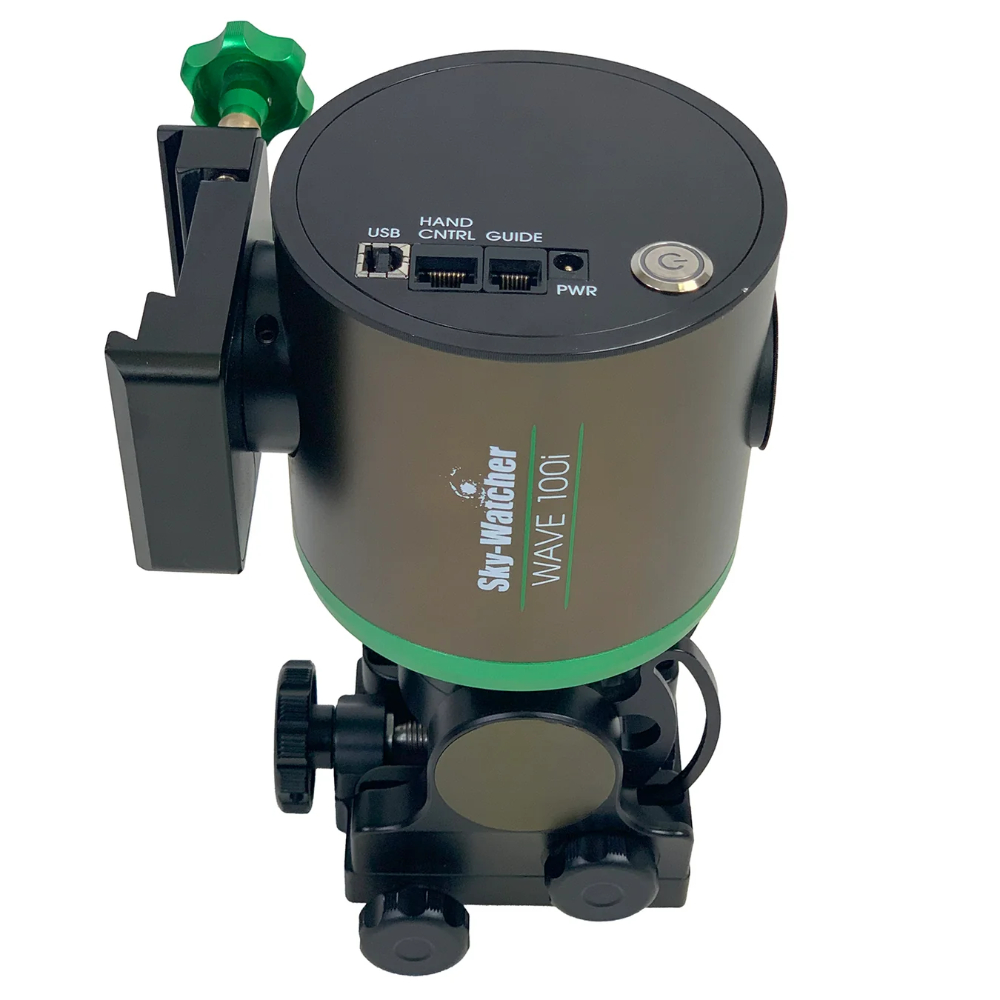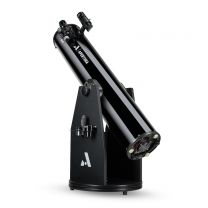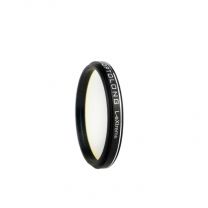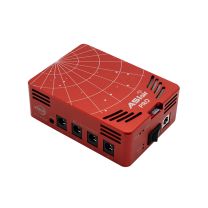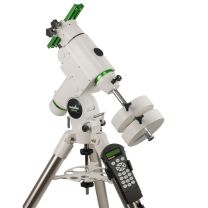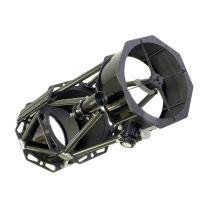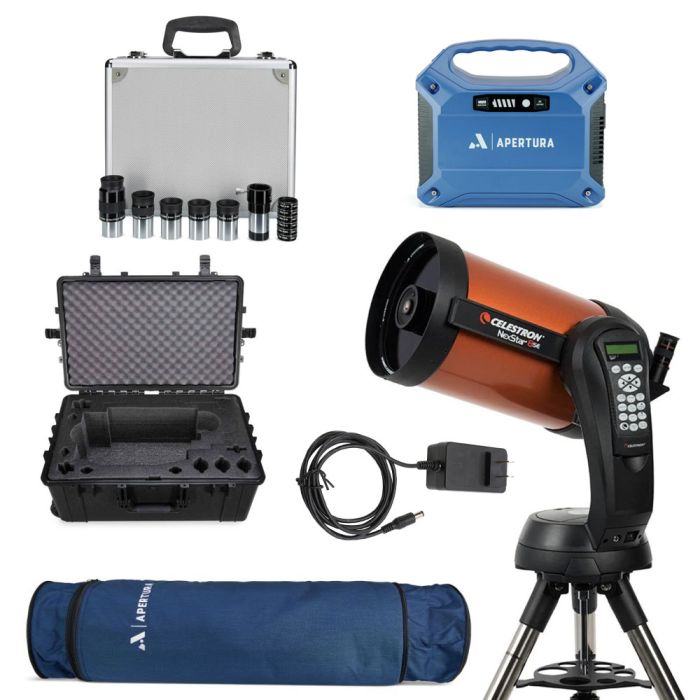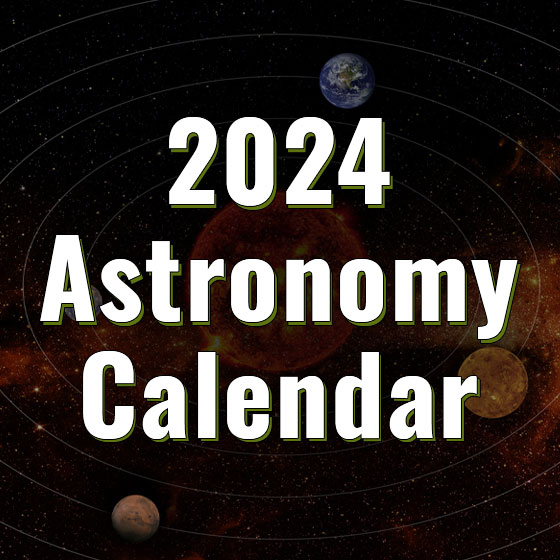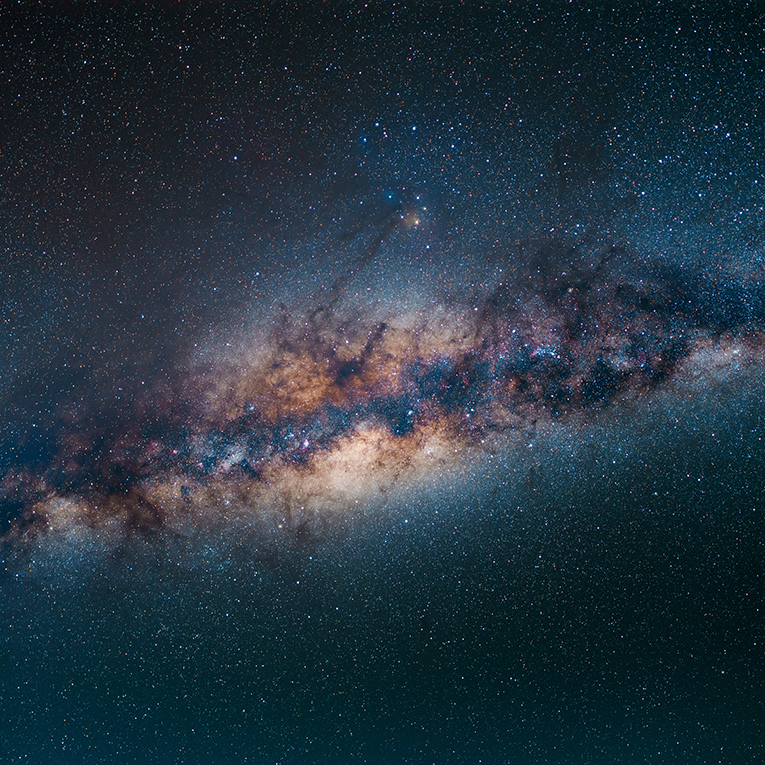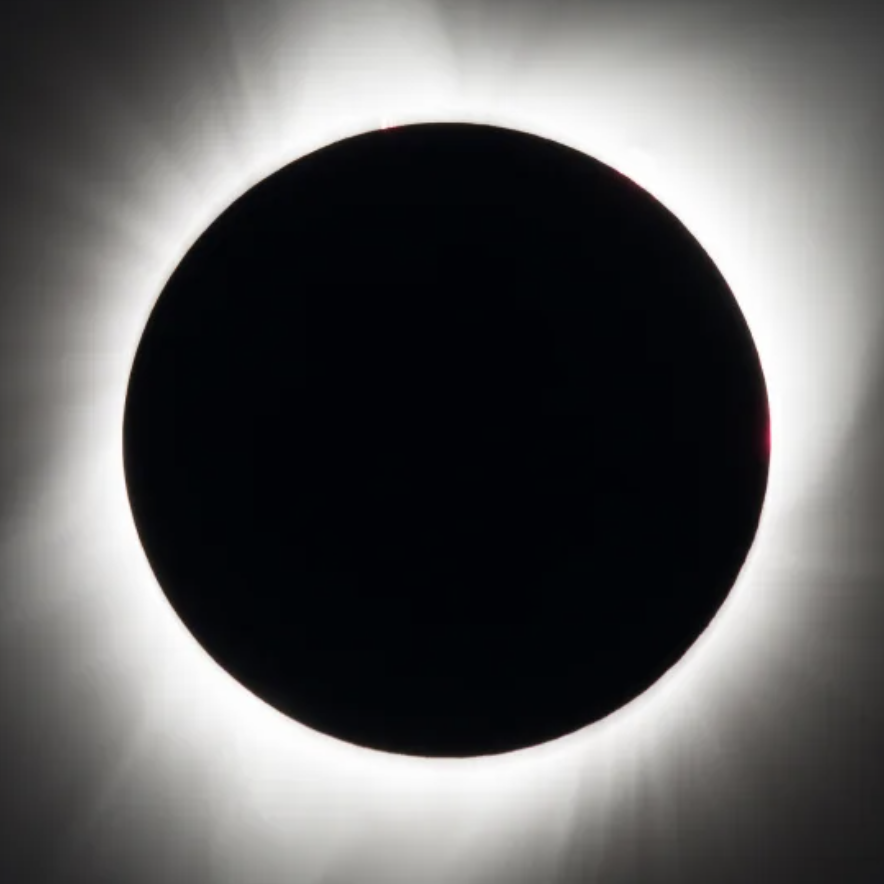Top telescope brands...we carry them all!
See all brandsFeatured Articles
Every year brings its own unique combination of solar, lunar, and planetary events - and 2024 is no exception. Learn more!
Learn MoreHow are light and time connected? What is a light-year? How far can we see?
Learn MoreLet's talk about the targets you can observe in the sky in the month of April.
Learn MoreFOLLOW US ON INSTAGRAM
Shop Telescopes, Accessories & Mounts at High Point Scientific
High Point Scientific was founded with the idea that high-quality telescopes and telescope accessories can be offered at low prices without skimping on customer service.
The products we carry are carefully selected for moderate to advanced telescope enthusiasts who seek the optical precision, clarity and durability offered by long-trusted brands such as Celestron Telescopes and Meade Telescope Accessories. Our staff consists of experts in astronomy, so we know what you're looking for. And we're here to help. A big part of our commitment to customers is providing answers to any and all questions. We want shoppers at High Point Scientific to be informed when browsing through our wide selection of telescopes, telescope accessories, and ccd cameras so they can find the brand and model that suits them best.
More About Us-
Industry's Best Gear Experts
Our team of telescope and astrophotography experts knows astronomy and how to service our customers.
-
Price Protection
You have access to the industry’s most talented, down to earth product advisors with the best prices.
-
Non-Commissioned Gear Experts
Our non-commissioned, brand agnostic, product advisors tailor recommendations to meet your needs!






